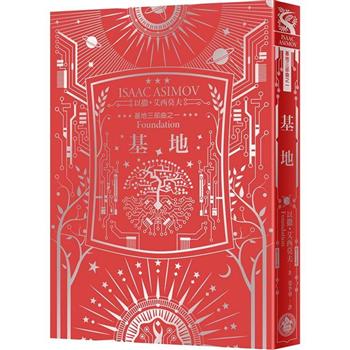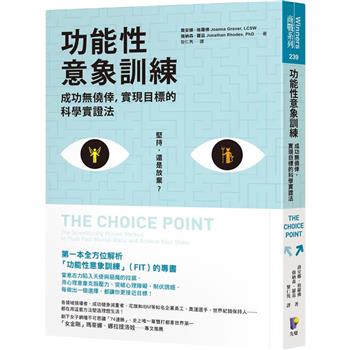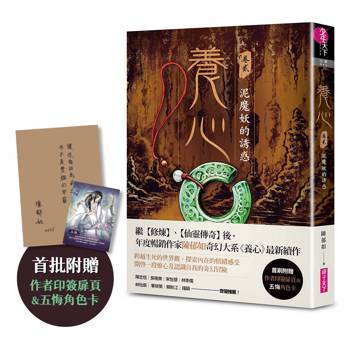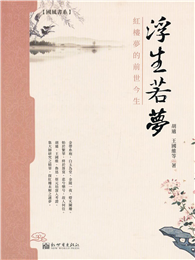The first biography of James Rose (1913–1991) examines the work of one of the most radical figures in the history of mid-century American landscape design. A landscape architect who explored his profession with words as well as with built works, Rose fearlessly critiqued the patterns of land use he witnessed during a period of rapid suburban development. The alternatives he created were based on innovative principles of sustainability and a sense of the garden as a constantly evolving entity
A classmate of Garrett Eckbo and Dan Kiley at Harvard, Rose was expelled in 1937 for refusing to design in the Beaux-Arts method. In 1940, the year before he received his first commission, Rose also published the last of his influential articles for Architectural Record, a series of essays written with Eckbo and Kiley that would become a manifesto for developing a modernist landscape architecture. Over the next four decades, Rose articulated his philosophy in four major books: Creative Gardens (1958), Gardens Make Me Laugh (1965), Modern American Gardens (1967), and The Heavenly Environment (1987).
Rose created gardens throughout the eastern United States, but his most famous work was for his own home in Ridgewood, New Jersey—now the James Rose Center for Landscape Architectural Research and Design—a living demonstration of his approach to design as a never-ending process of change and development.












